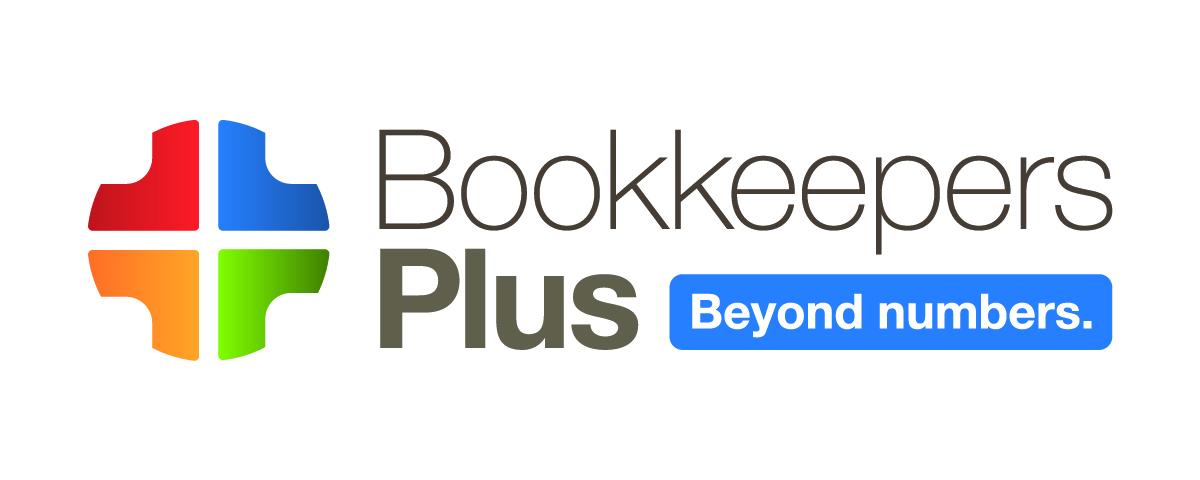Are you hot? Compare your financials to other companies
/My college Econ 101 professor said that anyone who mastered the contents of his class could get a Ph.D. in Economics. His point was to underline the importance of the fundamentals. The Chart of Accounts is the fundamentals of company financial data. Here is a summary chart followed by definitions and examples:
Assets – Something of value that you own. Cash, Inventory, Equipment
Current Assets – Cash or expect to convert to cash within one year. Receivables.
Fixed Assets – Real estate, buildings, vehicles, office equipment, furniture.
Other Assets –Something that doesn’t fit neatly into Current or Fixed. E.g. Security deposits you’ve paid to your landlord but will not get back until the end of your lease.
Liabilities – What you owe to someone else. Bills, loans.
Current Liabilities – Due within a year. Regular bills, Current portion of long-term notes payable.
Long-term Liabilities – Due in more than a year. Long-term leases & loans.
Equity – “Book value.” The combination of what investors have invested plus the accumulated net income of the business.
Income – Sales
Cost of Goods Sold – What it cost you to buy the merchandise, manufacture the product, or perform the service you sold.
Expense – Overhead. Sales, General & Administrative expenses. Operating overhead should be closed out to Cost of Goods Sold.
Other Income and Expense – Non-operating, non-cash income and expense from interest, taxes, depreciation.
There actually is no official account numbering system. But this one is widely adopted and I recommend it.
A company’s transactions are recorded in these categories. The relationships between these categorized numbers are the building blocks of financial analysis. Here is a link to a Sample Chart of Accounts. You can import it into QuickBooks and begin using it for your company.
Two Essential Reports
Balance Sheet – Reports Assets, Liabilities and Equity. Is a snapshot in time of the company’s financial position at a given moment.
Profit & Loss – Reports Income and Expense in a defined period – usually month, quarter or year.
Used together, the report date of the Balance Sheet is the end date of the Profit & Loss reporting period.
Profitability is one criterion of your company’s financial “hotness.” Here is a mock-up of a profit & loss statement with two profitability measures and how they are calculated:
Gross Profit is what’s left after you pay for the goods or services you have sold—and before you have paid for your overhead expenses. Calculating Gross Margin as a percent of Sales allows you to track your profitability across time periods when sales volume fluctuates.
Net Income is the often-referenced “bottom line.” It is the company’s earnings after all expenses are paid. Calculating Net Margin as a percent of Sales is definitely a top measure of how much heat your company gives off.
Other criteria of your company’s hot score have to do with debt and whether you control it or it controls you. Here is a mock-up of a Balance Sheet and financial ratios to evaluate debt criteria.
“Working Capital” aka “the Current Ratio” attempts to assess a company’s ability to meet its short-term debt obligations and fund its daily operations. The more Current Assets exceed Current Liabilities, the “hotter” the company’s ability to deliver on a day-to-day basis. A score of less than 1 is definitely not hot.
“Debt Ratio” is a bigger picture look at “leverage,” or how much of the company’s assets are financed by debt versus investment and earnings. Here the ugly number is in the numerator and a lower number is hotter, meaning the lower the ratio, the hotter the debt score.
To drill deeper, check out this Financial Ratios Tutorial with more ways to score your company’s “hotness.” But wait, the fun is just beginning. After getting a handle on the scoring system, start comparing at this site with Free Business Statistics, where you can find average financial ratios for companies in hundreds of industries and sizes. Then answer the question, “Are you hot?”



